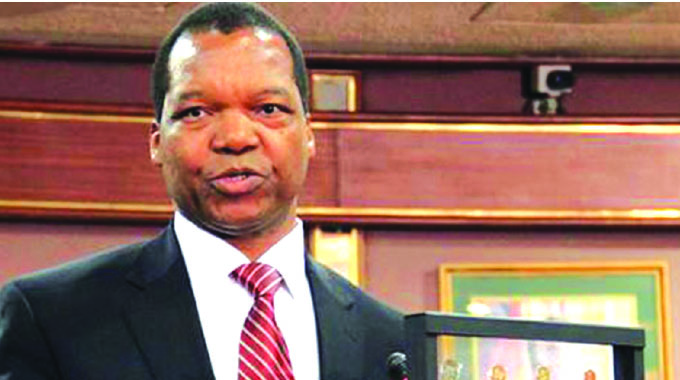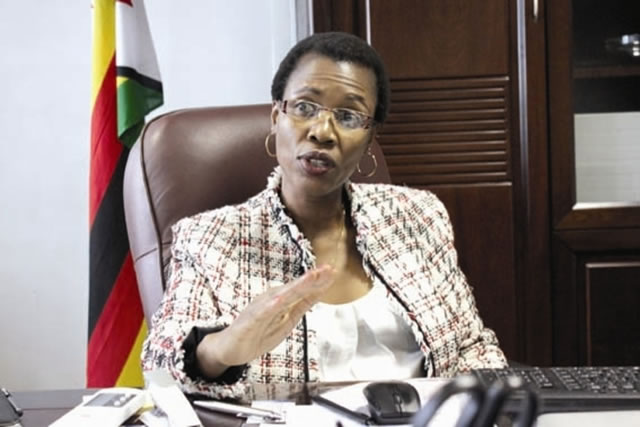EDITORIAL COMMENT: Huge city changes require new plans

The decision by yet another major corporate, this time FBC Holdings, to move its head office out of Harare city centre highlights the growing need for a major revision and upgrade of the town planning for the whole of greater Harare.
The revision and upgrade has to start with what the position now is, and how commercial and other pressures are likely to change. It then needs to look at the infrastructure that is required to make the whole area work, and work well.
The decision by most major corporates to move at least their head offices out of the city centre is a given fact and there are a lot of good reasons for these decisions.
FBCH gave congestion as a primary reason, which in its case is a problem for its major corporate customers to get to its existing headquarters and then park their cars, at something close to the equivalent of US$1 an hour.
Most other corporates gave similar reasons when they moved. For many smaller companies who have moved to suburban areas or were started in suburban areas there is the additional factor of owning their own premises.
When all you want is a modest suite of offices ownership is not a practical possibility in the city centre since offices are in large buildings and so you have to rent a floor or half a floor.
The position now is that there is a crescent-shaped swathe of office parks and office areas largely stretching from Samora Machel Avenue in Eastlea right the way round to Avondale in the west. This includes the large complexes, either occupied by a single giant corporate or the more conventional space rented out, plus a huge host of smaller premises, some converted and extended houses and an ever increasing number custom built after the old house was demolished.
This ribbon development tends to be along the main roads. As you move even one block away from a major road you suddenly find yourself in an almost pure residential area.
But the ribbon development is along both the arterial roads and the more important connecting roads, many of which were never engineered for the heavy traffic they now have to bear.
At the same time Harare city centre has undergone a lot of change. Giant department stores are history, although very large supermarkets can flourish. But the number of shops is always increasing.
The city centre has easily the highest concentration of retail trade in the whole metropolitan area, despite the large and growing suburban shopping centres and there is no sign that the pressure will decrease.
In fact conversion of former department stores or major motor showrooms and the like is now an accepted wise investment decision.
Where property owners in the city centre have suffered is with their massive investments in office blocks.
They continually refer to the fact that vacancy rates can be quite high.
To this can be added the difficult decision of whether to invest in major renovations, and lifts for example only last around a quarter century before replacement, and modifications such as cabling the building can be pricey.
Some of the property investors have simply moved down-market, and converted their office blocks into low-rent walk-up rooms that are occupied by new small businesses. Others are being more innovative with a growing number interested in potential conversions into residential accommodation, although the lack of on-site parking might make that a bit difficult.
But the fact remains. What is now in place, and the trends that are obvious, make a nonsense of both the old master plan and almost all the local plans for each suburb.
There are many who are suspicious of town planners who they think, with some justification, want to lock the metropolitan area into an older framework of clearly delineated residential, office, industrial and commercial areas with no multi-use areas at all. That is clearly impossible.
What the new master plan, and the new local plans, have to concentrate on is how to make what has happened and is happening work. The most obvious problem is the road network and public transport.
Businesses moving out of the city centre talk about congestion, but while they can solve the parking problem with on-site parking the road network, and the public transport system to get their staff to and from the new premises, are going to cause very similar problems.
That crescent of office parks across the northern suburbs is already seeing this congestion. Emmerson Mnangagwa Road (ex-Enterprise Road) now sees regular congestion once the road narrows to one lane in each direction.
Liberation Legacy Way (ex-Borrowdale Road) is sprouting traffic lights and at times can get jammed, as can Samora Machel Avenue, although both are dual carriageways.
The links between these major arterial roads are odd, largely as a result of historical private development of old farms.
For example, the fact that Mount Pleasant farm was a triangle leads to no end of planning oddities, including the serious lack of connections between that suburb and Liberation Legacy Way to the east and Sam Nujoma Street Extension to the west.
The creation of the required transport corridors is something a master plan has to incorporate, and these links have to be both arterial, where adequate road reserves usually exist even if not fully used, and linking suburbs, where the sometimes are no roads.
The majority of the population of Harare live in the western and south-western suburbs. With ever more jobs in the northern and north-eastern suburbs both the connecting roads and a significantly more complex Zupco route map are needed.
Zupco cannot just brush off the old colonial routes and hope for the best. It needs to start looking at where people live and where they work and connect the dots.
Some of its franchise holders are doing this, finally connecting Avondale Shopping Centre and putting in special routes, such as Msasa-Chitungwiza direct at peak hours.
A planning process is neither a free-for-all by property developers nor planners applying page 268 of the textbook as a diktat.
It requires input from everyone, it requires the technical options to be carefully laid out and explained, and it requires some degree of a common vision. It is a difficult process, but the sooner we start the better.











Comments